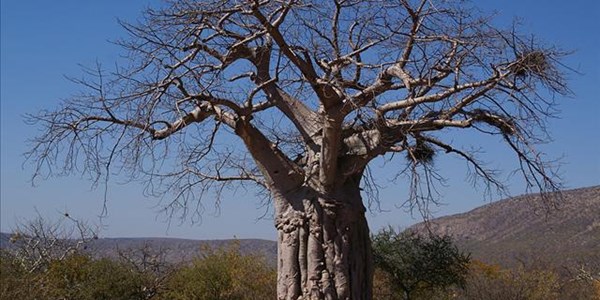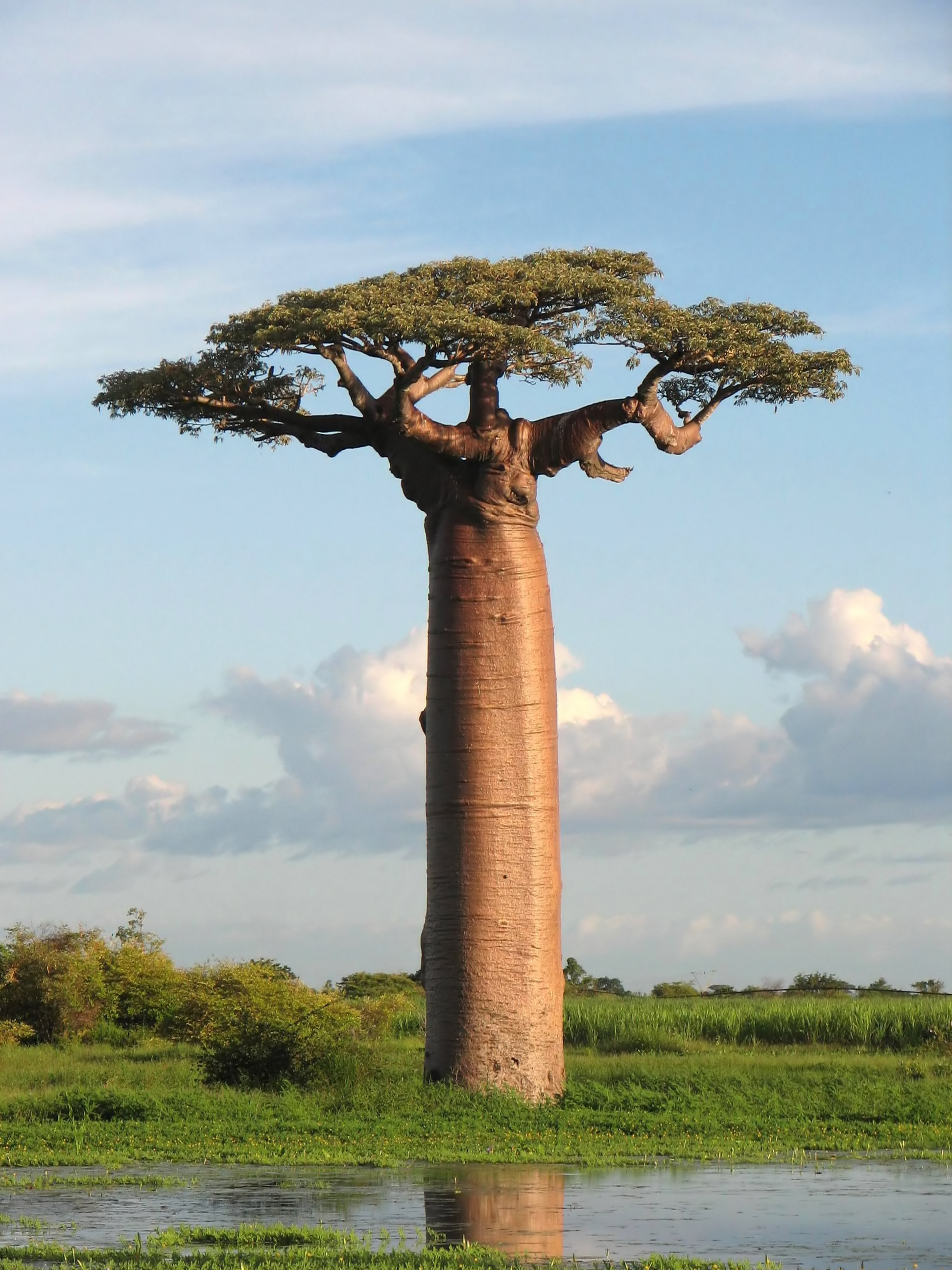Human Interest
Baobab trees dying in mysterious threat─── 09:54 Fri, 13 Jul 2018

Africa’s ancient baobab tree is under a new and mysterious threat, with some of the largest and oldest dying abruptly in recent years, AP reported.
Nine of the 13 oldest Baobabs, aged between 1,000 and 2,500 years, have died over the past dozen years, according to a study published in the scientific journal Nature Plants. The sudden collapse is “an event of unprecedented magnitude,” the study says.

The Independent reports nine out of thirteen of Africa’s oldest and largest baobab trees have died in the past decade, it has been reported. These trees, aged between 1,100 and 2,500 years old, appear to be victims of climate change. Scientists speculate that warming temperatures have either killed the trees directly or have made them weaker and more susceptible to drought, diseases, fire or wind.
There are nine species of the Baobab tree in the world: one in mainland Africa, Adansonia digitata, (the species that can grow to the largest size and to the oldest age); six in Madagascar; one that grows across the Middle East and parts of Asia; and one in Australia. The mainland African baobab was named after the French botanist Michel Adanson, who described the baobab trees in Senegal.
The African baobab is a remarkable species. Not only because of its size and lifespan but also in the special way it grows multiple fused stems. In the space between these stems (called false cavities) bark grows, which is unique to the baobab.
Since baobabs produce only faint growth rings, researchers used radiocarbon dating to analyse samples taken from different parts of each tree’s trunk and determined that the oldest (which is now dead) was more than 2,500 years old.
They also have more than 300 uses. The leaves, rich in iron, can be boiled and eaten like spinach. The seeds can be roasted to make a coffee substitute or pressed to make oil for cooking or cosmetics. The fruit pulp has six times more vitamin C than oranges, making it an important nutritional complement in Africa and in the European, US and Canadian markets.
African News Agency (ANA)/The Independent













